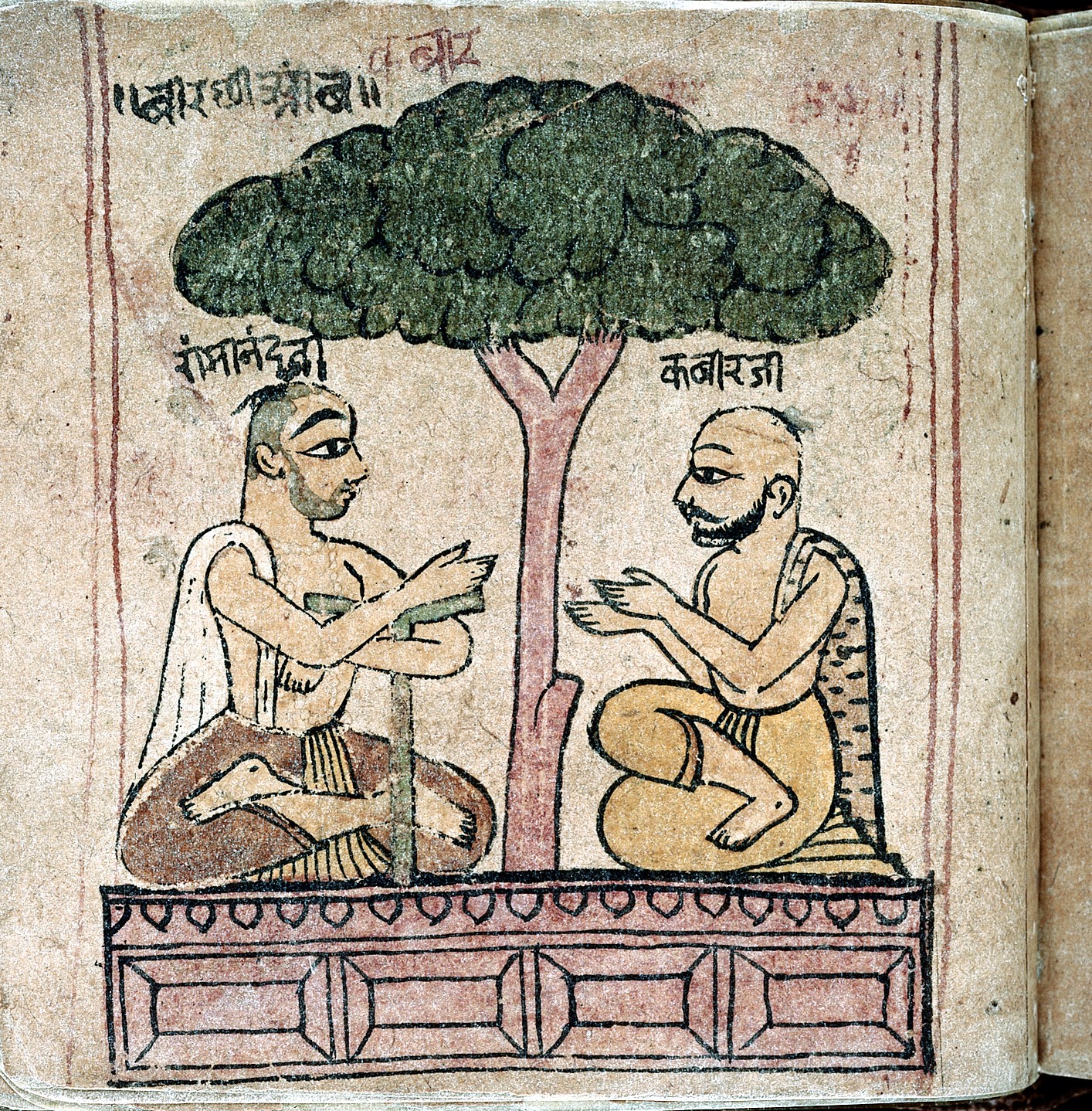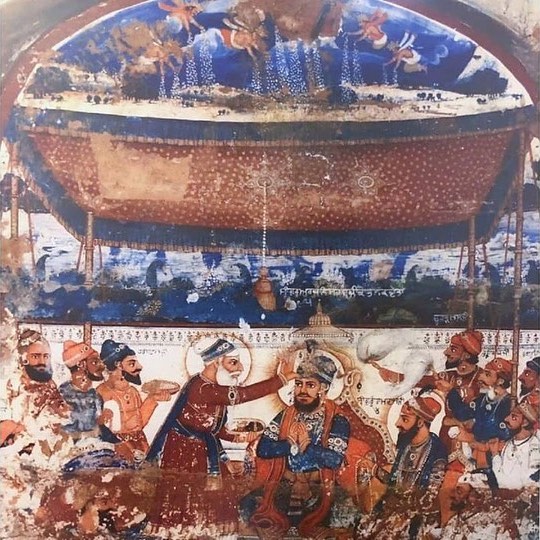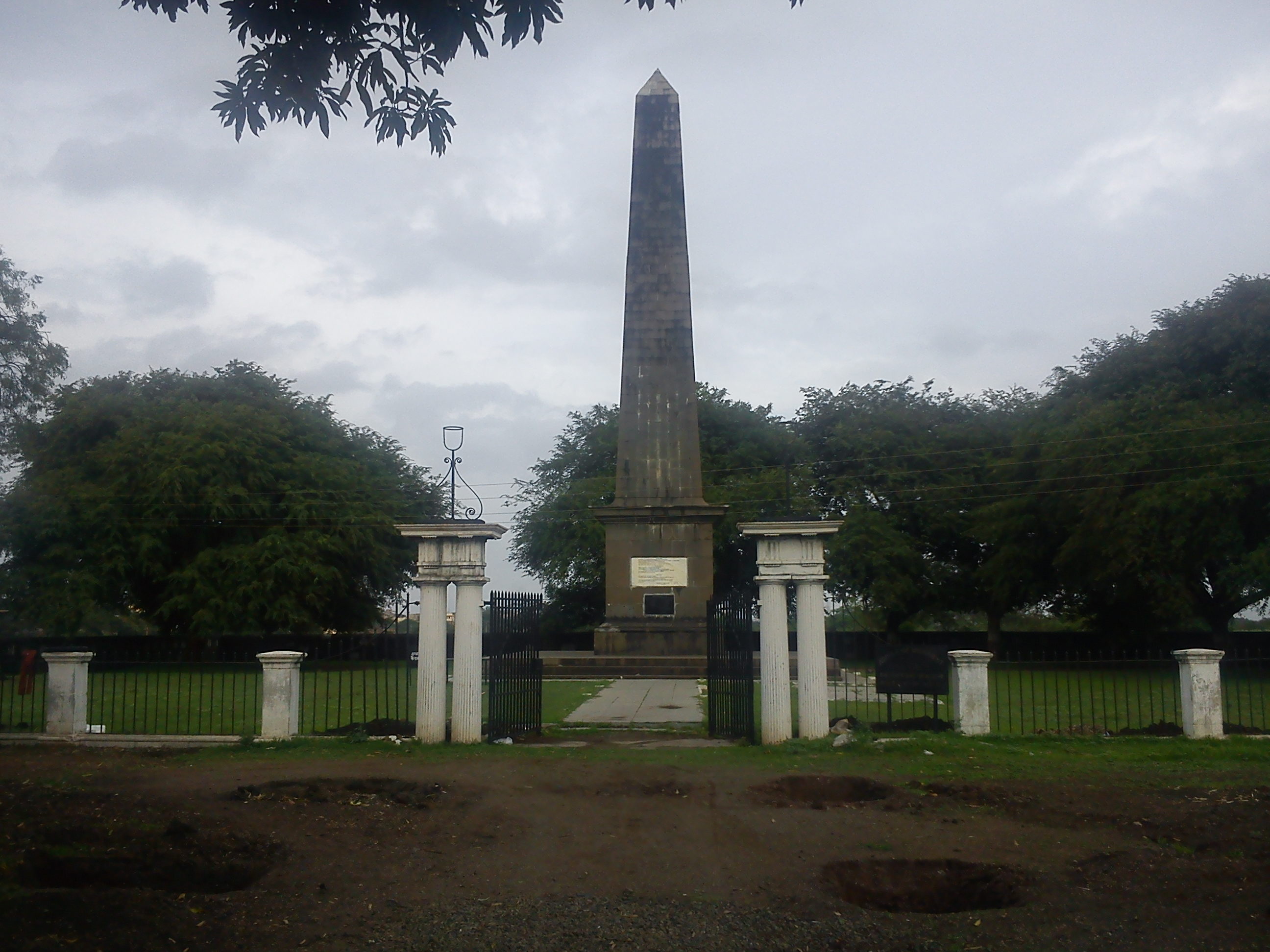|
Bhagat
Bhagat is a term used in the Indian subcontinent to describe religious figures who have obtained high acclaim in their communities for their acts and devotion. It is also a term ascribed to one of the clans in the Mahar caste, with their clan totem being a King Cobra. Furthermore, Bhagat is additionally a surname found among Marathas, Bania communities and Punjabi Brahmins. Definition ''Bhagat'' is a Hindi and Punjabi word derived from the Sanskrit word ''Bhagavat'', भगवत्, which means saint or devotee. It is known to be used as an epithet for Vishnu or Krishna. ''Bhagat'' is also a Hindu, Buddhist, and Jain surname, found in various communities throughout India. Though, it is most prevalent in the northern states of India. Sikhism Sikhism's central scriptural book, Guru Granth Sahib, has teachings of 15 ''Bhagats'', along with '' bani'' of Sikh Gurus, ''Bhats'' and ''Gursikhs''. Because Sikhism believes in one human creed (no one belongs to a higher or a ... [...More Info...] [...Related Items...] OR: [Wikipedia] [Google] [Baidu] |
Bhagat Sadhana
Bhagat Sadhna, also called Sadhna Qasai, was a north Indian poet, saint, mystic and one of the devotees whose hymn was incorporated in Guru Granth Sahib. Venerated in the region of Punjab, among Sikhs and Ravidassias, his devotional hymn is widely quoted by most preachers. His one hymn is present in Adi Granth Sahib, in Raga Bilaval.'''' The followers of Bhagat Sadhna are called Sadhna Panthis.A glossary of the tribes and castes of the Punjab and North-West, HA ROSE His only memorial is a mosque at Sirhind, where he died. Life history Early life Sadhna was born in 1180 AD in Sehwan Sharif in Hyderabad, Sindh, Soomra kingdom in a Muslim family.'''' As his ancestors were butchers by profession, he continued the family profession of slaughtering goats (Dhabihah) and selling meat. It is said that there were shady trees and drinking water facility available near his shop. Due to this, in addition to customers, travelers, saints, and even rogues used to take rest on passing. Sadhn ... [...More Info...] [...Related Items...] OR: [Wikipedia] [Google] [Baidu] |
Guru Granth Sahib
The Guru Granth Sahib (, ) is the central holy religious scripture of Sikhism, regarded by Sikhs as the final, sovereign and eternal Guru following the lineage of the ten human gurus of the religion. The Adi Granth (), its first rendition, was compiled by the fifth guru, Guru Arjan (1564–1606). Its compilation was completed on 29 August 1604 and first installed inside the Golden Temple in Amritsar on 1 September 1604. Baba Buddha was appointed the first Granthi of the Golden Temple. Shortly afterwards Guru Hargobind added Ramkali Ki Vaar. Later, Guru Gobind Singh, the tenth Sikh guru, added hymns of Guru Tegh Bahadur to the Adi Granth and affirmed the text as his successor. This second rendition became known as the Guru Granth Sahib and is also sometimes referred to as the Adi Granth.Adi Granth Encyclopaedia Brit ... [...More Info...] [...Related Items...] OR: [Wikipedia] [Google] [Baidu] |
Bhagat Beni
Bhagat Beni (, pronunciation: ) is one of the fifteen sants and Sufis, whose teachings have been incorporated in the Guru Granth Sahib, it is believed he spent most of his time in prayer and meditation, who often neglected the household needs while in meditation and prayer. Brief biography Nothing is known about the exact date and place of birth of Bhagat Beni. In spite of all this uncertainty, he can be called a contemporary of Guru Nanak. It seems that Beni lived in this world somewhere between mid-15th century to the mid-16th century. He was a well-educated scholar, with a very humble temperament. He was ever ready to serve the true preceptor which provided him real comfort: "Beloved! other than Thee none else have I. Nothing else do I love; in Thy grace lies my joy." SGGS-61 Principles and ideals Bhagat Beni makes a severe denunciation of the Hindu rituals and austerities of Hatha Yoga so that common man learns of the real motive of true religion i.e. cultivation of the Di ... [...More Info...] [...Related Items...] OR: [Wikipedia] [Google] [Baidu] |
Bhagat Ramanand
Jagadguru Swami Ramananda (IAST: Rāmānanda) or Ramanandacharya was an Indian 14th-century Hindu Vaishnava devotional poet saint, who lived in the Gangetic basin of northern India. The Hindu tradition recognizes him as the founder of the Ramanandi Sampradaya, the largest monastic Hindu renunciant community in modern times.Selva Raj and William Harman (2007), Dealing with Deities: The Ritual Vow in South Asia, State University of New York Press, , pages 165-166James G Lochtefeld (2002), The Illustrated Encyclopedia of Hinduism: N-Z, Rosen Publishing, , pages 553-554 Born in a Kanyakubja Brahmin family, Ramananda for the most part of his life lived in the holy city of Varanasi.David Lorenzen, Who Invented Hinduism: Essays on Religion in History, , pages 104-106 His date of birth is December 30, while his date of death is uncertain, but historical evidence suggests he was one of the earliest saints and a pioneering figure of the Bhakti movement as it rapidly grew in North Indi ... [...More Info...] [...Related Items...] OR: [Wikipedia] [Google] [Baidu] |
Bhagat Ravidas
Ravidas or Raidas was an Indian mystic poet-saint of the Bhakti movement during the 15th to 16th century CE. Venerated as a ''guru'' (spiritual teacher) in the modern regions of Uttar Pradesh, Bihar, Rajasthan, Gujarat, Maharashtra, Madhya Pradesh, Punjab, and Haryana, he was a poet, social reformer and spiritual figure. The life details of Ravidas are uncertain and contested. Some scholars believe he was born in 1433 CE. He taught removal of social divisions of caste and gender, and promoted unity in the pursuit of personal spiritual freedom. Ravidas's devotional verses were included in the Sikh scriptures known as ''Guru Granth Sahib''. The ''Panch Vani'' text of the Dadu Panthi tradition within Hinduism also includes numerous poems of Ravidas. He is also the central figure within the Ravidassia religious movement. Dates The details of Ravidas's life are not well known. Some scholars state he was born in 1377 CE and died in 1528 CE in Banaras at the age of 151 years. ... [...More Info...] [...Related Items...] OR: [Wikipedia] [Google] [Baidu] |
Bhagat Namdev
Namdev (Pronunciation: Help:IPA/Marathi, [naːmdeʋ]), also transliterated as Nam Dayv, Namdeo, Namadeva, (traditionally, ) was a Marathi people, Marathi Vaishnava saint from Narsi, Hingoli, Narsi, Hingoli district, Hingoli, Maharashtra, Medieval India within the Warkari, Varkari tradition of Hinduism. He was as a devotee of the deity Vithoba of Pandharpur. Namdev was influenced by Vaishnavism and became widely known in India for his devotional songs set to music (''bhajan-kirtans''). His philosophy contains both ''nirguna brahman'' and ''saguna brahman'' elements, with Monism#Vedanta, Vedanta themes. Namdev's legacy is remembered in modern times in the ''Varkari'' tradition, along with those of other ''gurus'', with masses of people walking together in biannual pilgrimages to Pandharpur in Maharashtra. He is also recognised in the North Indian traditions of the Dadu Panthis, Kabir Panthis and Sikhs. Some hymns of Namdev are included in the Guru Granth Sahib. Life Details o ... [...More Info...] [...Related Items...] OR: [Wikipedia] [Google] [Baidu] |
Bhagat Bhikhan
Bhagat Bhikhan (, pronunciation: ) (1480–1573''''), was a medieval Indian Bhakti poet-saint, whose two hymns are included in the Guru Granth Sahib. There were two saints of that time sharing the same name — Bhagat Bhikhan and Sheikh Bhikhan, the Sufi. Early life He was born in a Hindu family, at Kakori near Lucknow in present-day Uttar Pradesh state in India. Other sources, such as '' The Encyclopaedia of Indian Literature'', describe him as having an Islamic background.'''' Bhagat Bhikhan was a devotee in the tradition of Bhagat Ravidas and Bhagat Dhanna (Ramanandi Sampradaya). Legacy His hymns in the Guru Granth Sahib reflect his dedication to the Name of God which he describes as "cure for all ills of the world." Bhagat Bhikhan was the most learnt of the learned men of the time of Mughal Emperor Akbar. For many years, he was engaged in teaching and instructing the people. He left several children who were adorned with piety, wisdom, knowledge and virtue. See also * Ram ... [...More Info...] [...Related Items...] OR: [Wikipedia] [Google] [Baidu] |
Bhagat Farid
Farīduddīn Masūd Ganjshakar ( – 16 Oct 1265), commonly known as Bābā Farīd or Sheikh Farīd (also in Anglicised spelling Fareed, Fareed ud-Deen, Masood, etc.), was a 13th-century Punjabi Muslim mystic, poet and preacher. Revered by Muslims, Hindus and Sikhs alike, he remains one of the most revered Muslim mystics of South Asia during the Islamic Golden Age. Biography Bābā Farīd was born in 1188 (573 AH) in Kothewal, 10 km from Multan in the Punjab region, to Jamāl-ud-dīn Suleimān and Maryam Bībī (Qarsum Bībī), daughter of Wajīh-ud-dīn Khojendī. His family had immigrated to the Indus Valley from Kabul in modern-day Afghanistan during the time of his grandfather. He received his early education at Multan, which had become a centre for Muslim education. There he met his teacher Khwaja Qutbuddin Bakhtiar Kaki, who was passing through Multan on his way from Baghdad to Delhi. [...More Info...] [...Related Items...] OR: [Wikipedia] [Google] [Baidu] |
Bhagat Kabir
Kabir ( 15th century) was a well-known Indian devotional mystic poet and sant. His writings influenced Hinduism's Bhakti movement, and his verses are found in Sikhism's scripture Guru Granth Sahib, the Satguru Granth Sahib of Saint Garib Das, and Kabir Sagar of Dharamdas. Today, Kabir is an important figure in Hinduism, Sikhism and in Sufism. He was a disciple of Ramananda, the founder of the Ramanandi Sampradaya. Born in the city of Varanasi in what is now Uttar Pradesh, he is known for being critical of organised religions. He questioned what he regarded to be the meaningless and unethical practices of all religions, primarily what he considered to be the wrong practices in Hinduism and Islam. During his lifetime, he was threatened by both Hindus and Muslims for his views. When he died, several Hindus and the Muslims he had inspired claimed him as theirs. Kabir suggested that "truth" is with the person who is on the path of righteousness, who considers everything, li ... [...More Info...] [...Related Items...] OR: [Wikipedia] [Google] [Baidu] |
Guru Arjan
Guru Arjan (Gurmukhi: ਗੁਰੂ ਅਰਜਨ, pronunciation: ; 15 April 1563 – 30 May 1606) was the fifth of the ten total Sikh Gurus. He compiled the first official edition of the Sikh scripture called the Adi Granth, which later expanded into the Guru Granth Sahib. He is regarded as the first of the two Gurus martyred in the Sikh faith. Guru Arjan was born in Goindval, in the Punjab, the youngest son of Bhai Jetha, who later became Guru Ram Das, and Mata Bhani, the daughter of Guru Amar Das. He completed the construction of the Darbar Sahib at Amritsar, after the fourth Sikh Guru founded the town and built a sarovar. Arjan compiled the hymns of previous Gurus and of other saints into Adi Granth, the first edition of the Sikh scripture, and installed it in the Harimandir Sahib. Guru Arjan reorganized the masand system initiated by Guru Ram Das, by suggesting that the Sikhs donate, if possible, one-tenth of their income, goods or service to the Sikh organization ... [...More Info...] [...Related Items...] OR: [Wikipedia] [Google] [Baidu] |
Mahar
Mahar is one of the Indian caste found largely in the state of Maharashtra and neighbouring areas. Most of the Mahar community followed B. R. Ambedkar in converting to Buddhism in the middle of the 20th century. As of 2017 the Mahar caste was designated as a Scheduled Caste in 16 Indian states. Most Mahars converted to Buddhism in response to the injustices of the caste system practiced within Brahmanism. Thus, the practice of untouchability began and continued for generations. It was the primary reason for most of the Mahar community to follow Dr. B. R. Ambedkar in embracing Buddhism and re-establishing it in the middle of the 20th century. Most of the Mahar trace their descent (bloodline) from the Mahabharatas Pandava. The Mahar claim to have taken part in the Mahabharata war and subsequently settled in Maharashtra. History The Mahars are considered to be the original inhabitants of Maharashtra. The community is also known as ''Kathiwale'' (Men with Sticks), ''Bumipute ... [...More Info...] [...Related Items...] OR: [Wikipedia] [Google] [Baidu] |








